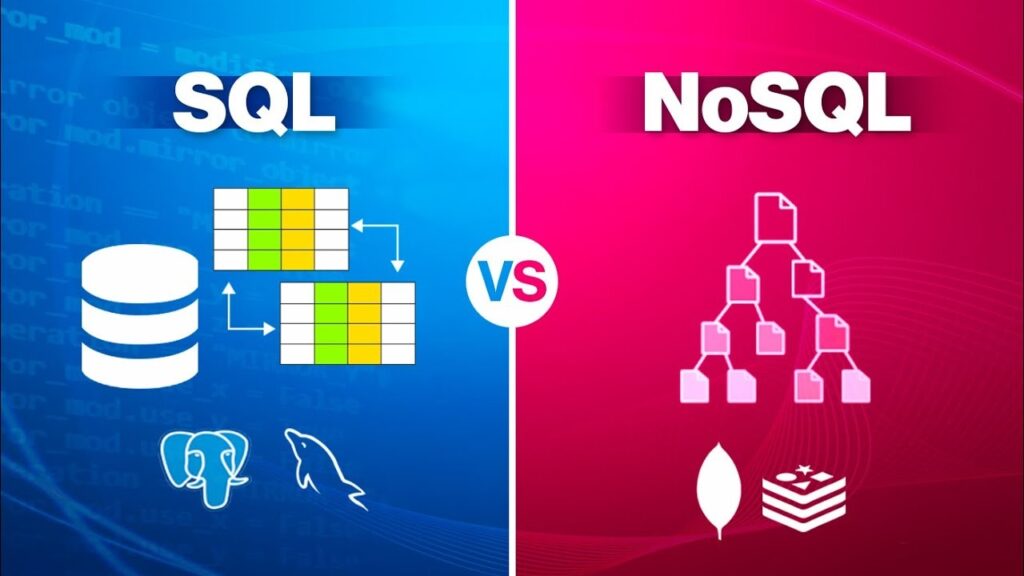Imagine building a library. You can organise it like a traditional one, with rows of neatly categorised books, each labelled and stored with strict rules. Or you can run it like a community library, where materials range from magazines to manuscripts, stacked in flexible ways that adapt to the readers’ needs.
This is the difference between SQL and NoSQL databases. SQL offers order and structure, while NoSQL thrives on flexibility and speed. The challenge is knowing which “library system” best supports your application.
SQL: The Ordered Library
SQL databases are like classic libraries with catalogues, indexes, and strict shelving rules. Every book has its place, and nothing can be added without following the system. This structure makes SQL an excellent choice for situations where consistency and reliability are crucial—such as banking systems, inventory management, or airline reservations.
The relational model ensures that data relationships remain clear and enforceable. Queries in SQL are powerful, allowing developers to slice and dice data with precision. But the price of this order is rigidity; scaling horizontally or handling unstructured data can be cumbersome.
For learners in a full-stack developer course in Chennai, SQL often serves as the foundation. It teaches the discipline of schemas, relationships, and transactions, providing the solid ground on which many applications are built.
NoSQL: The Flexible Marketplace
Now imagine a bustling street market. Stalls change weekly, vendors sell everything from spices to gadgets, and the system thrives on adaptability. That’s the spirit of NoSQL.
NoSQL databases prioritise flexibility, speed, and scalability. They are schema-less, meaning data can take different shapes—perfect for applications dealing with unstructured or semi-structured data like social media feeds, sensor data, or content management systems.
They also scale horizontally with ease, distributing workloads across servers like market stalls spreading into new streets. However, this flexibility sometimes sacrifices the ironclad consistency of SQL, making trade-offs necessary depending on the use case.
Choosing Based on Application Needs
The decision between SQL and NoSQL isn’t about better or worse—it’s about fit.
- Choose SQL when: Data integrity and structured relationships are critical. Use cases include finance, healthcare records, and systems requiring ACID compliance.
- Choose NoSQL when: Agility and scalability matter more than rigid consistency. Ideal for real-time analytics, IoT, e-commerce, or apps needing to handle massive, evolving datasets.
Developers often blend both approaches, using SQL for core transactional data and NoSQL for high-speed or flexible workloads. The hybrid model is like building a library with a structured archive and a casual reading lounge under the same roof.
Performance, Scalability, and Cost Considerations
Performance is not just about speed—it’s about handling complexity. SQL queries can manage complex joins elegantly, but may slow down with enormous, rapidly changing datasets. NoSQL shines in distributed environments, handling large volumes of traffic by spreading the load.
Cost also plays a role. SQL systems often demand investment in vertical scaling—bigger, more powerful servers. NoSQL, designed for horizontal scaling, allows businesses to expand by adding cheaper machines, making it appealing for startups and enterprises managing exponential growth.
These trade-offs are a significant factor in the success of a full-stack developer course in Chennai, where developers learn to match technology choices with business goals.
Conclusion
SQL and NoSQL represent two philosophies of organising data: one rooted in order and predictability, the other in flexibility and adaptability. The best choice depends not on preference but on the unique needs of your application—whether you value the discipline of a structured library or the dynamism of a marketplace.
For developers, the real skill lies in understanding these trade-offs and applying them wisely. With the right approach, SQL and NoSQL become not rivals but complementary tools, each capable of supporting the evolving demands of modern applications.
